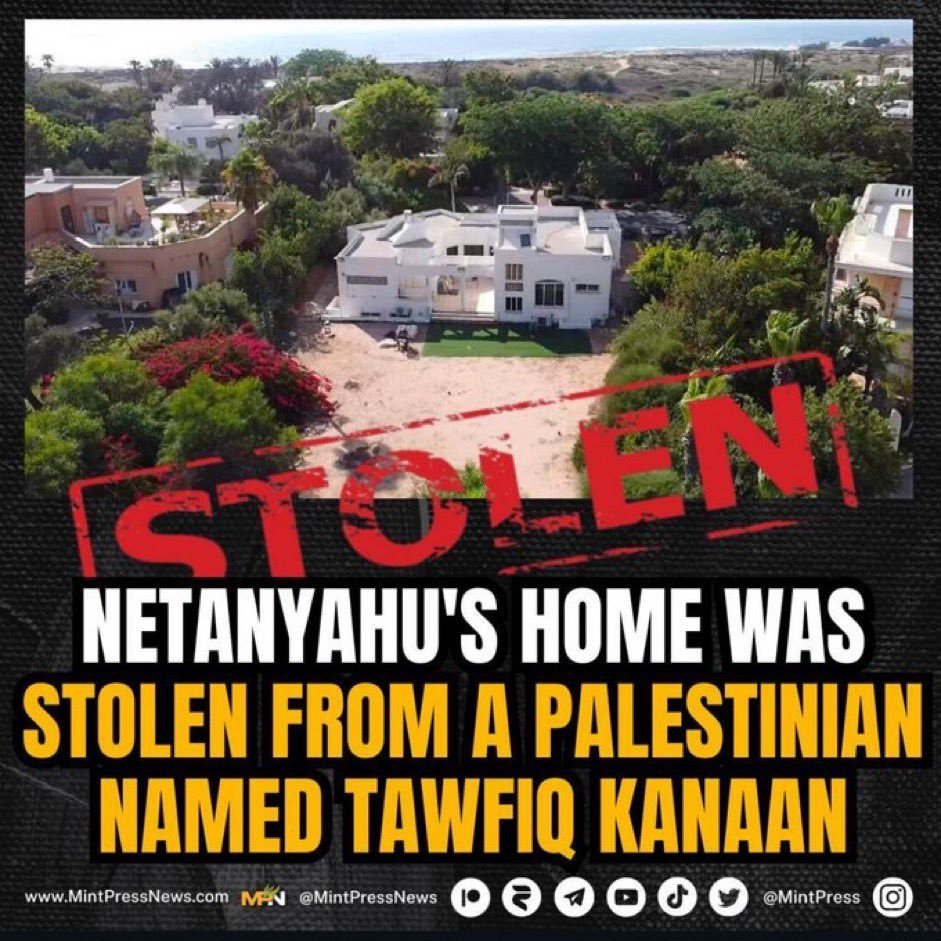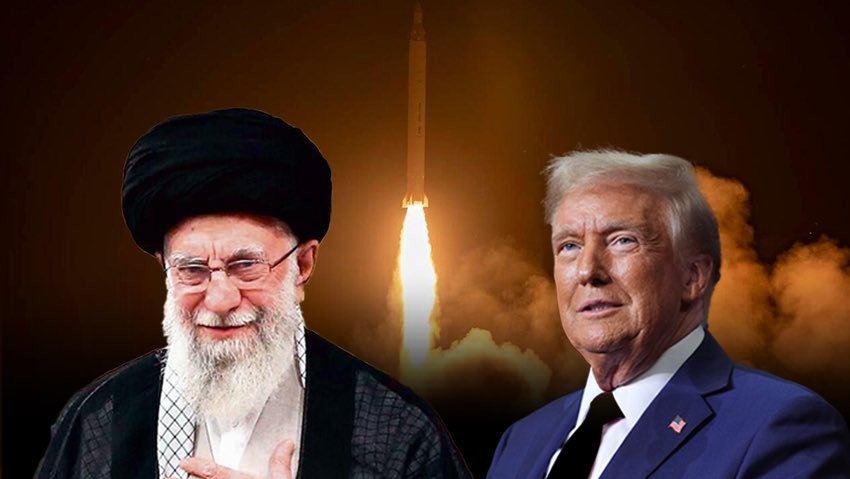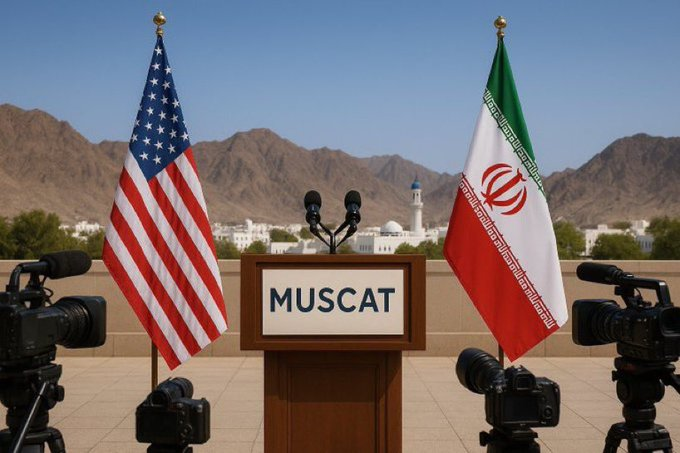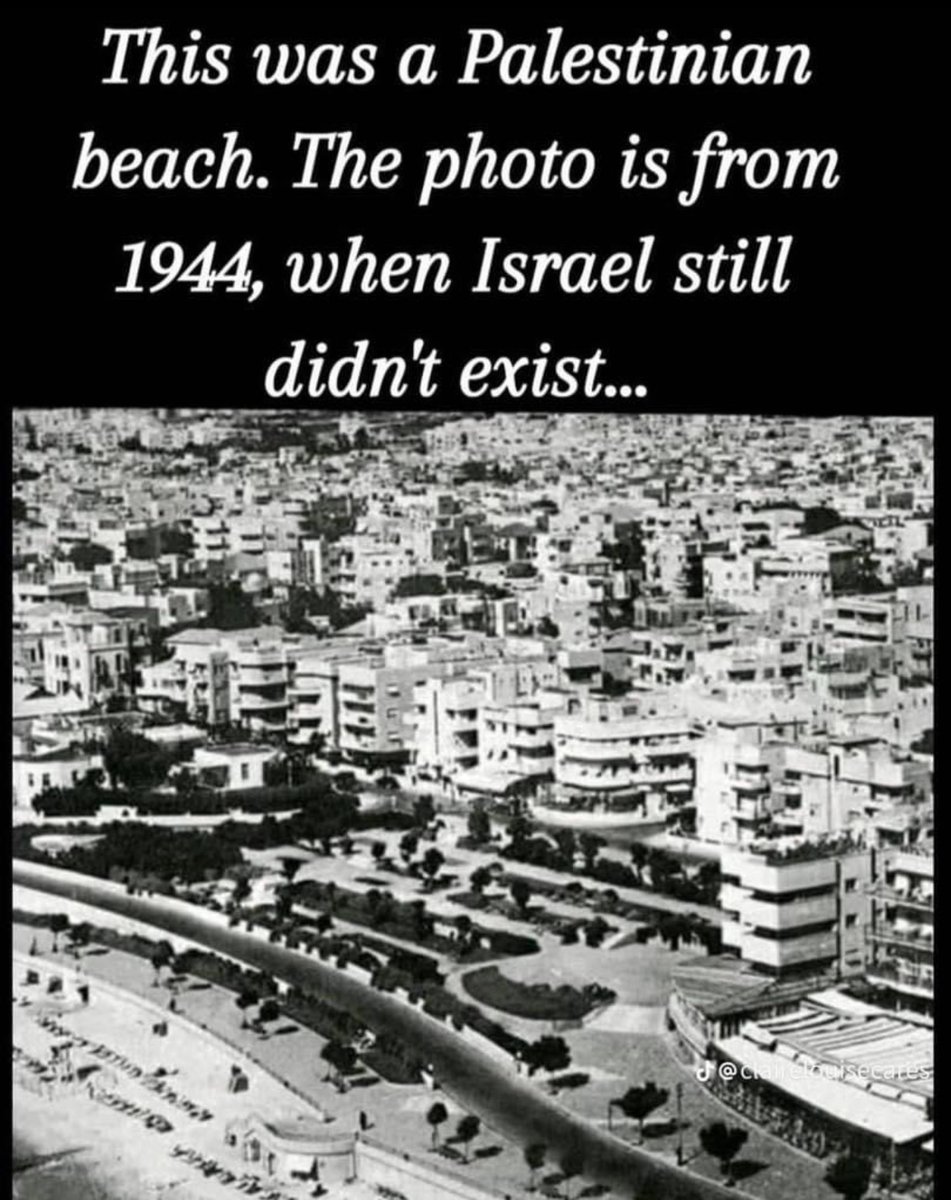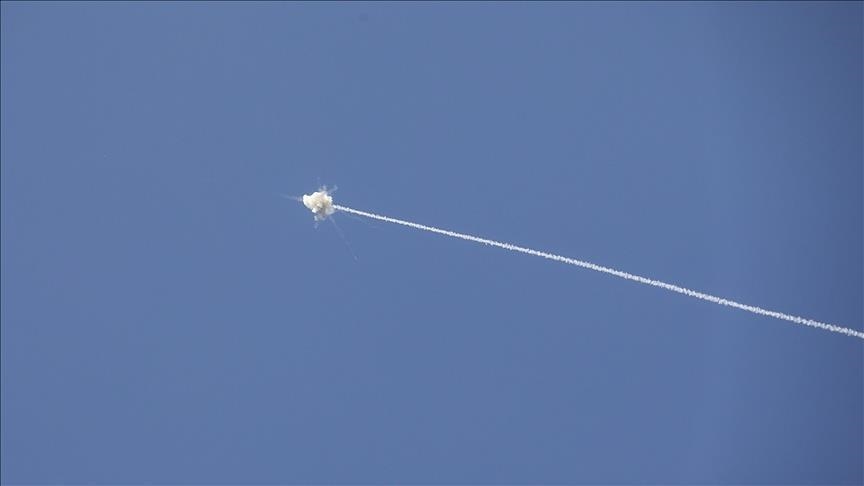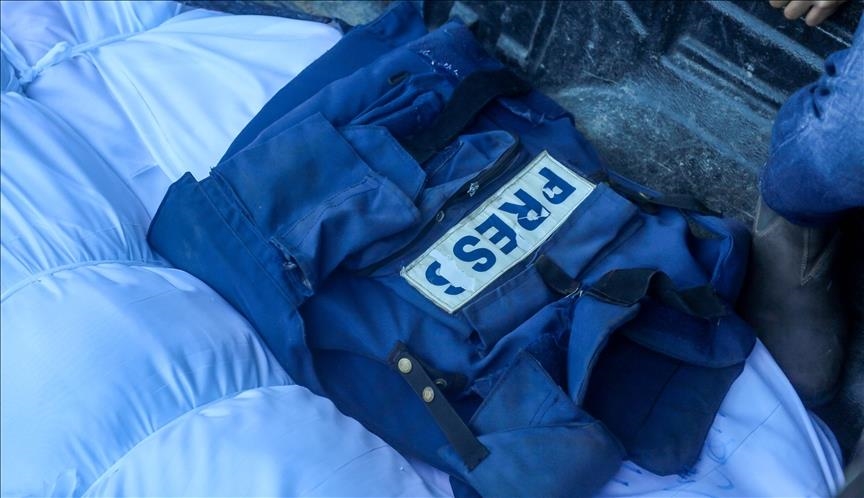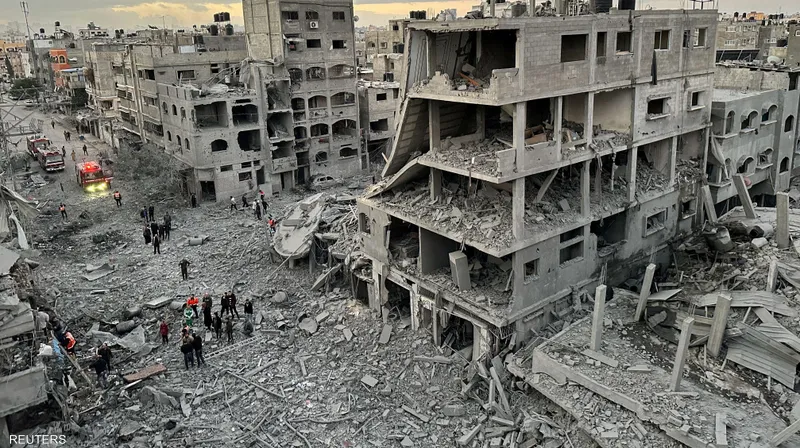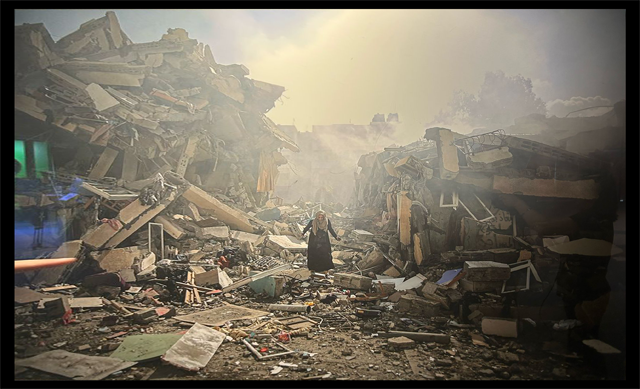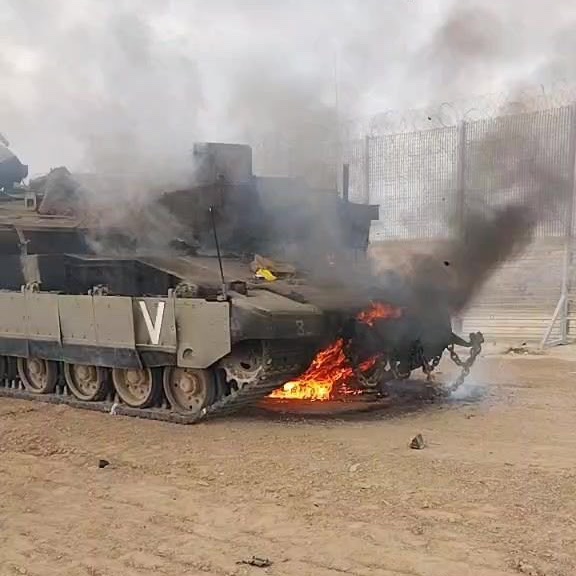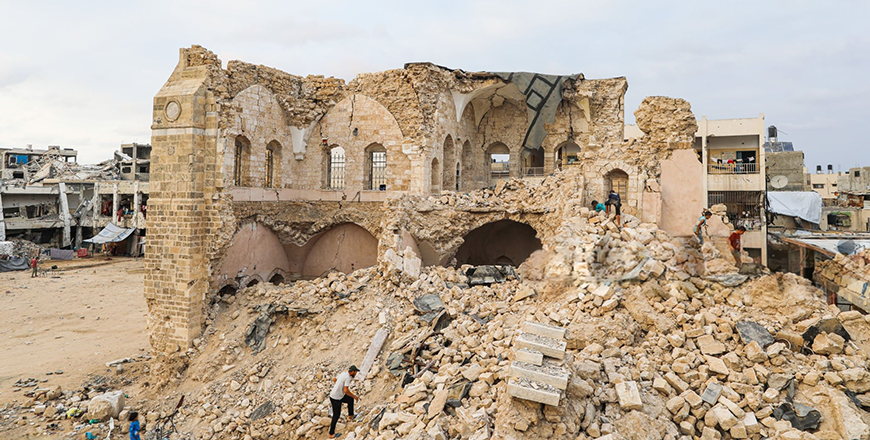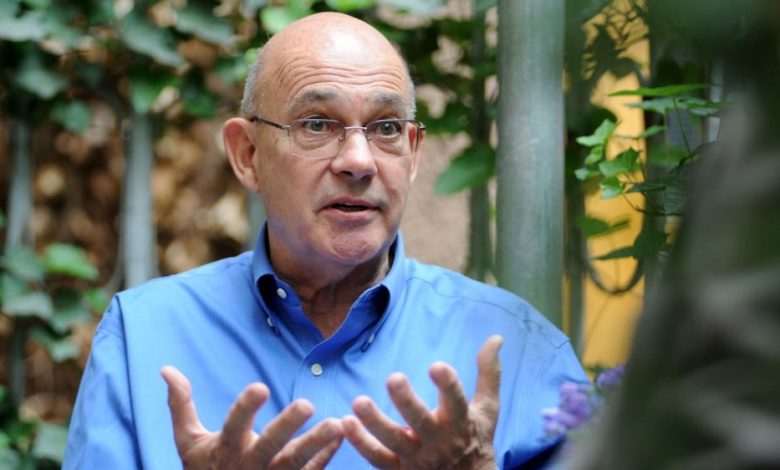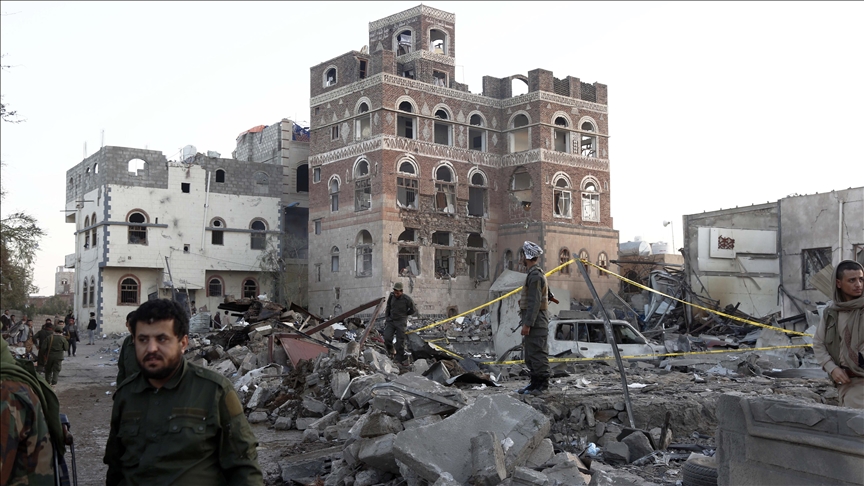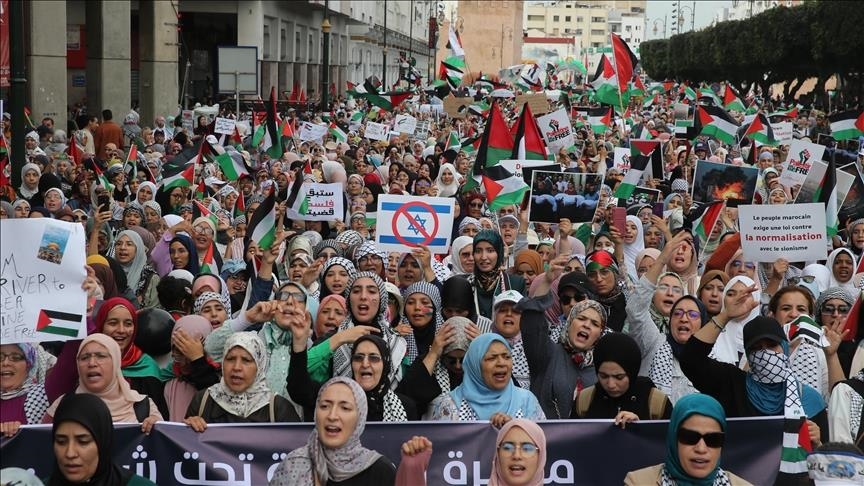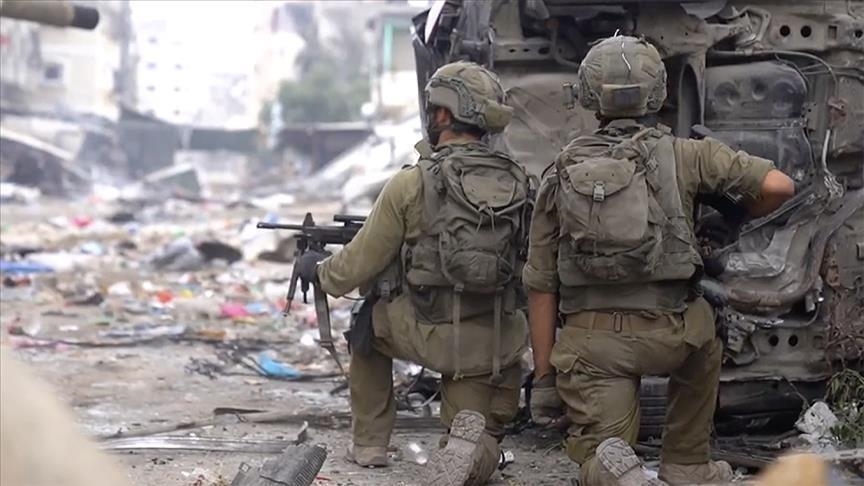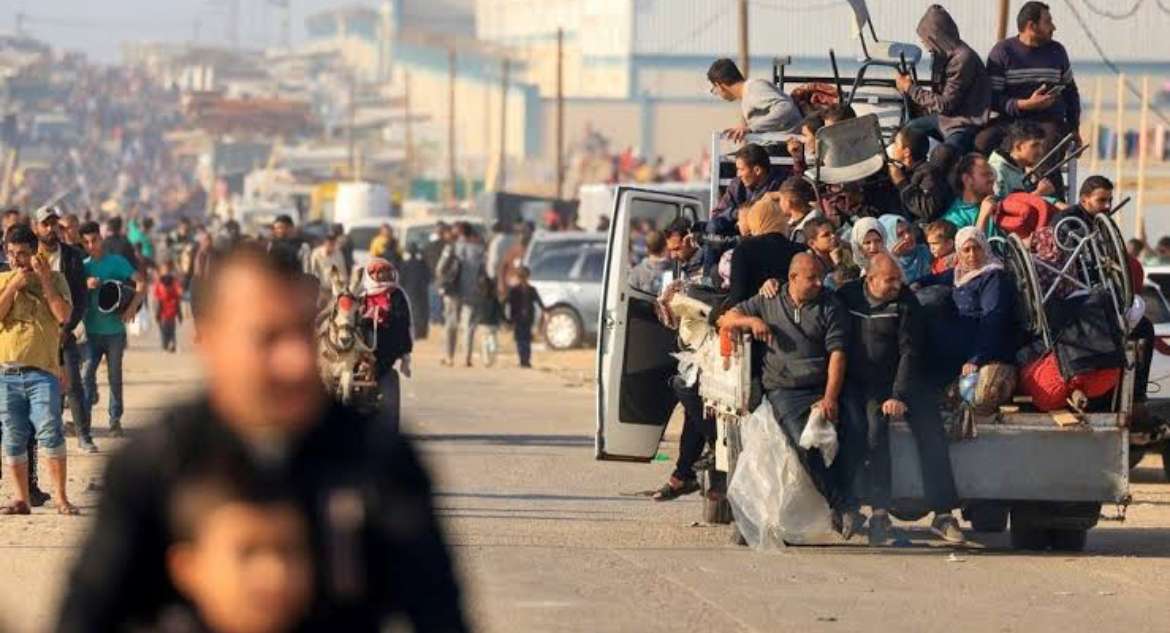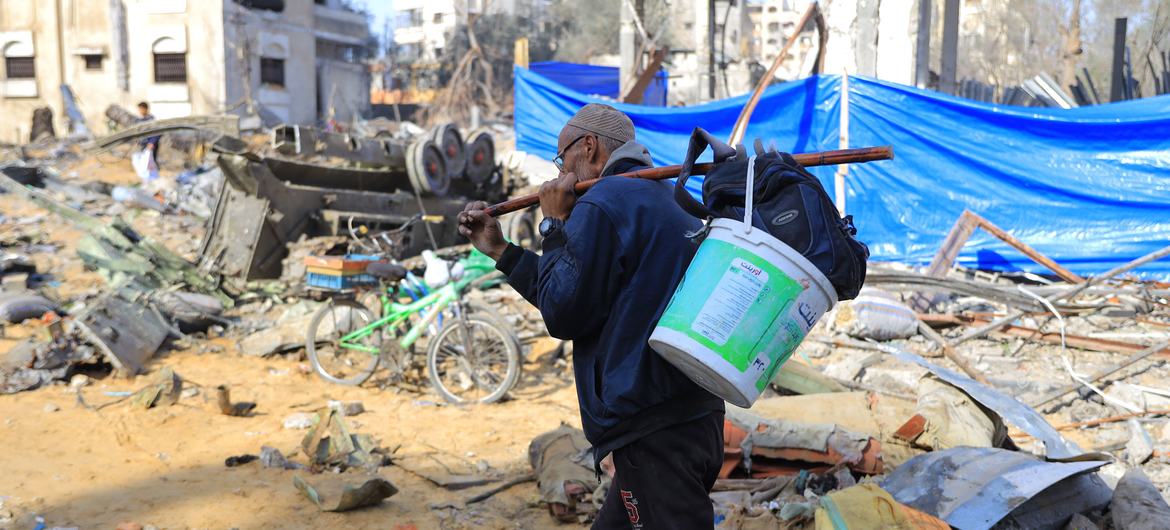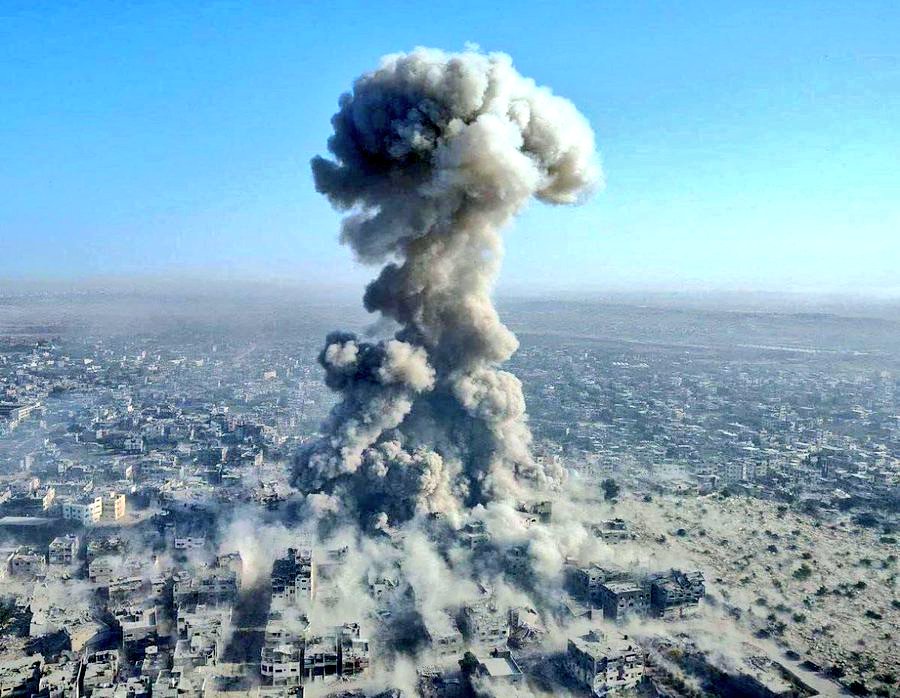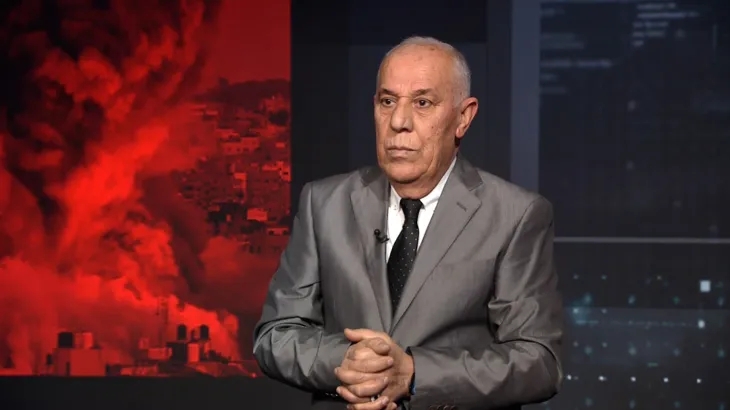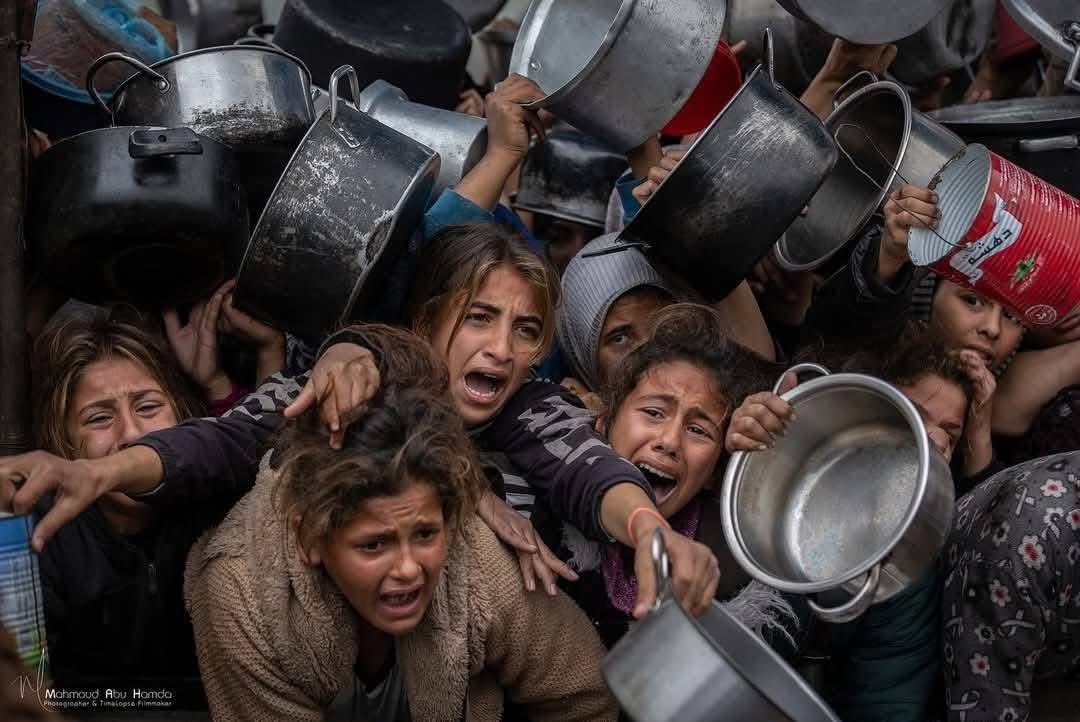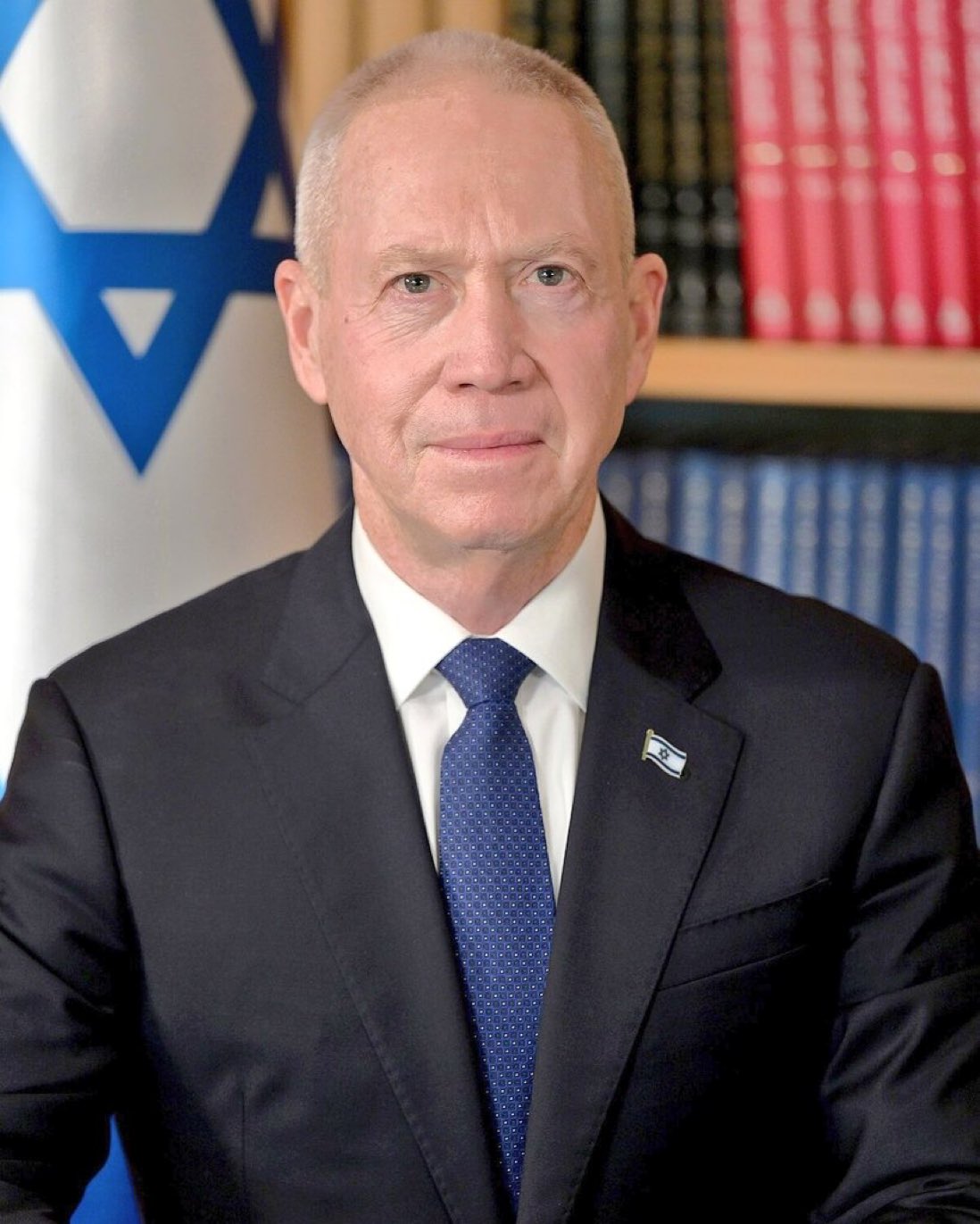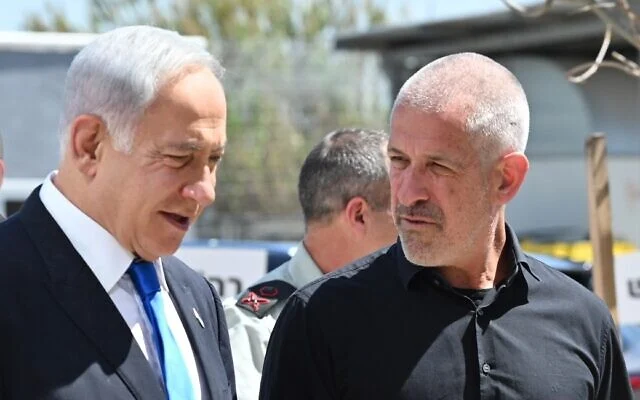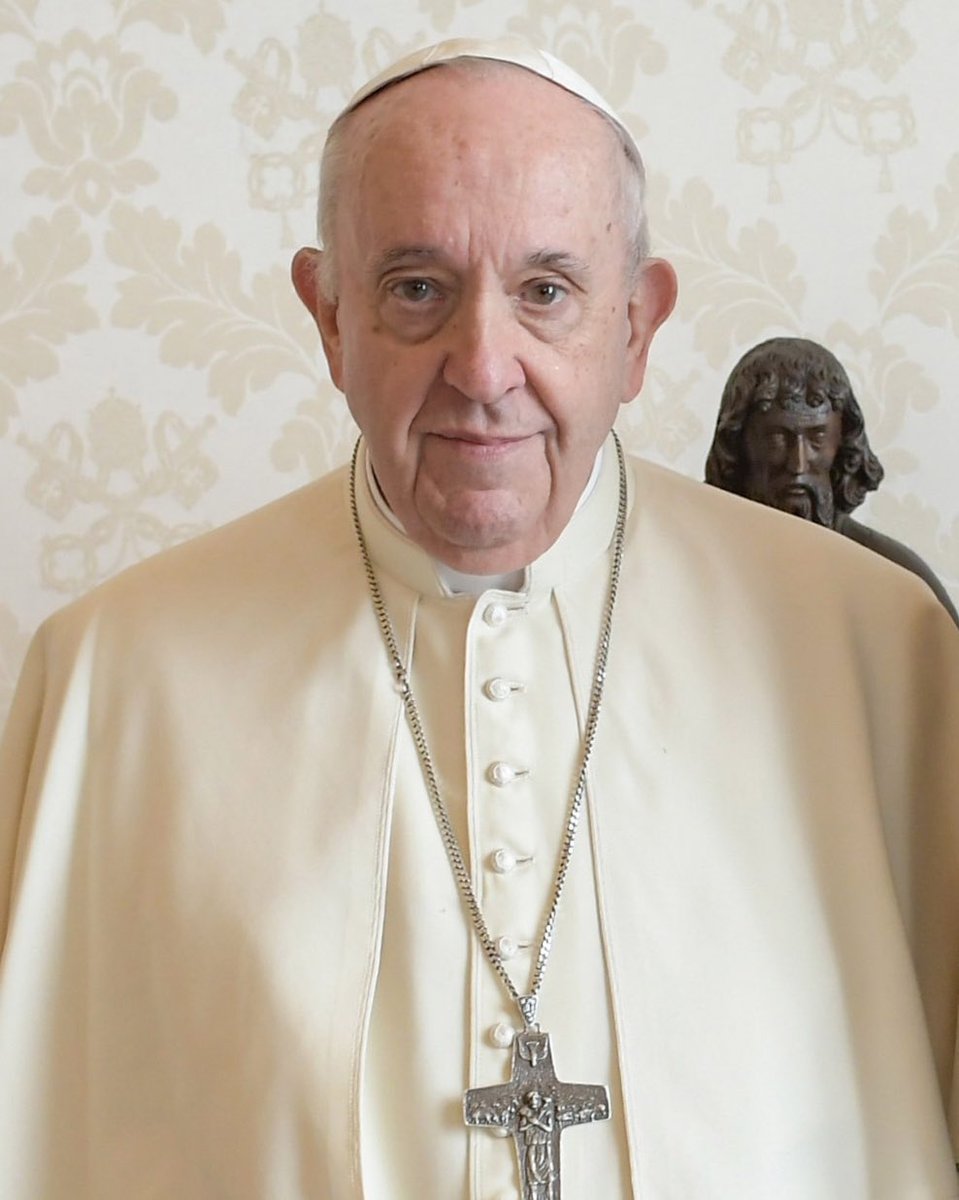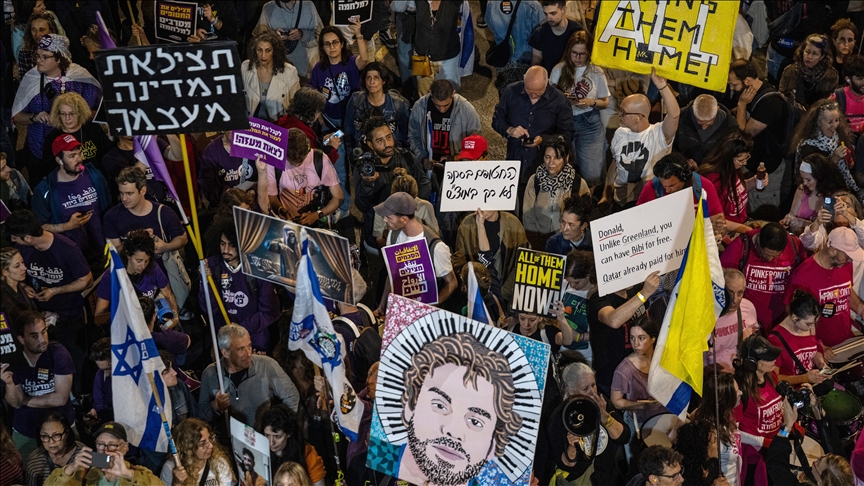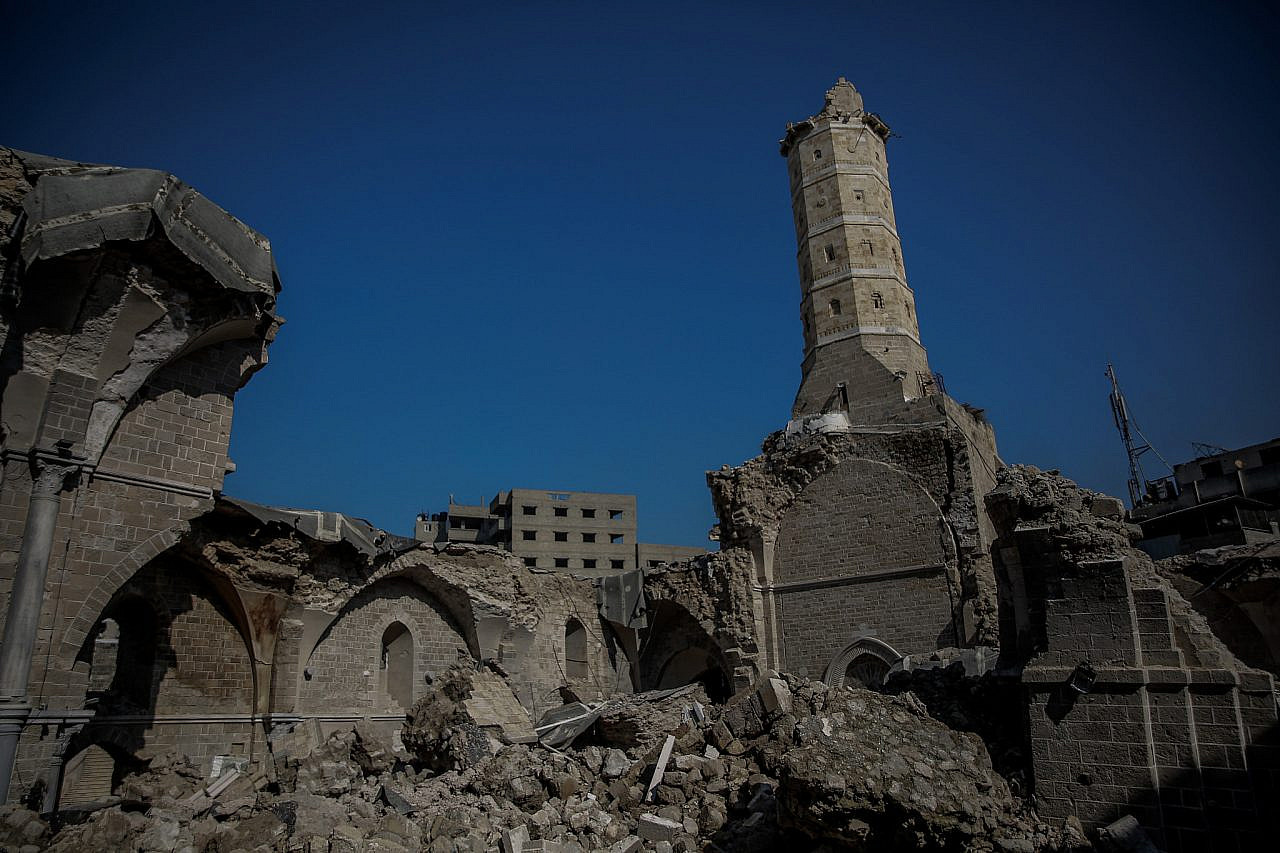Dr Marwan Asmar
Despite the seeming sidedness and intransigence between Iran and the US, their fifth round of nuclear talks with Oman as mediator, is expected to be held in Rome on Friday.
Both US and Iranian delegates have been “public” in their approach. The Americans, led by US presidential envoy Steve Witkoff wants Iran to dismantle its nuclear weapons and end its uranium enrichment, a process that would allow it to develop an atom bomb.
The American delegates say this is a “redline” they will not budge away from. However, the Iranians led by the country’s Foreign Minister Abbas Araqchi insist that they must be allowed to enrich because this is part of their sovereignty and national interest.
On the face of it, both positions appear to be diametrically-opposed. The Americans insist on one thing while the Iranians on another with US president Donald Trump’s team believing it would be extremely dangerous for the world to allow Iran access to nuclear weapons.
However, the first round of US-Iran talks started on 12 April in the Omani capital of Muscat and since then three other round of talks were held, including one in the Oman Embassy in Rome. They were described as “positive” and with the exception of the fourth round, they were seen as introductory.
This time around the talks are in Muscat again, on 22 May, 2025 with the full teams taking part at the behest of the Omani Foreign Minister Badr bin Hamad Al Busaidi as mediating between the two sides who are in two separate rooms and not directly talking to each other.
Despite all difficulties and intractable positions, the new republican administration in the White House is determined to iron-out a new nuclear deal with Tehran after the Trump took out the US out of the deal, officially termed the Joint Comprehensive Plan of Action signed in 2015 under the auspices of the UN with the backing of Russia, China, Britain, France and Germany in 2015.
Trump forced the US to exit out of the deal in 2018 and many argue this move allowed Iran to continue to enrich its uranium at 60 percent, much shorter to the 90-percent-mark for a nuclear weapon. The 2015 deal, and for the first time, capped Iran’s enrichment facilities at 6.7 percent, and since 2018 it moved freely in its ability to obtain weapons-grade material whilst wasting months, years and even decades of negotiations.
Back to the present. Outwardly, the Trump administration wants “nuclear-dismantellment” and zero-enrichment. But the fact that the Americans held five meetings with Iranian delegates mean they recognize what Iran is saying about its nuclear program, that it is there for “peaceful” energy reasons and have consequently stressed that if Tehran wants enriched uranium for such purposes it can import from different world countries.
The US administration believes this would check Iranian nuclear capability and prevent them from obtaining the nuclear bomb. But one point stands out and is being downplayed and that is the fact Iran is well-advanced in its nuclear program with at least five nuclear facilities across the country that are well known and inspected by the International Atomic Energy Agency which is a UN watchdog.
The fact that the two sides are meeting on a regular basis sends positive signals despite the recent comments made by Iran’s top spiritual leader Ali Khamenei who is pessimistic about a deal being hammered out, if the United States doesn’t adopt a more flexible and less stringent approach on the Iranian nuclear file, enrichment issue and the removal of sanctions on the country reimposed by Trump when he got the US out of the deal in his first tenure as president in the White House.
These are the hurdles both sides are facing, points the make Iranian decision-makers not at all optimistic. But Trump has so far been using a “carrot-and-stick” approach. He has warned the Iranians that he would be prepared to attack Iran, if it doesn’t sign a deal soon and put the onus on Israel for the attack that would probably be a joint one with the US.
Netanyahu unhappy!
This point made Israel Prime Minister Benjamin Netanyahu very happy in the month or so prior to 12 April. Then Netanyahu geared himself up for an impending attack on Iran’s nuclear facilities, and was therefore in great shock to hear that Iranian-US talks were in the pipeline and mediated by Oman.
He was in double-shock because the presumably US-Israeli strike was being pushed back in favor of international diplomacy. It is here as well, the cracks between Trump and Netanyahu begun to show still because the US president had already started to portray himself as a man of peace, not a warmonger and wanted to end the war in Ukraine and Gaza and was talking to Hamas, an arch-enemy of the Israeli prime minister with an eye on the Nobel peace prize.
To Netanyahu talking to the Iranians was just one more spike in the Israeli heart because it meant US-Israeli interests were diverging as underpinned by the current talks with Iran and its erstwhile allies like the Houthis which the US planes bombed to no success in a military campaign that started in March, April and stopped on 6 May because it achieved little success and was exorbitantly expensive.
Even if they don’t achieve immediate breakthroughs, the Iran-US talks are likely to continue for a while because it lies within the tenets of new American foreign policy as espoused by Trump. He is unlikely now to drop the diplomatic towel and go for a series of strikes because he knows of the military capabilities Iranian has. Also, Trump is likely to force Netanyhu’s hand and prevent him for striking that country because of the unforeseen consequences it would generate for the region and the US itself.
This analysis is written by Dr Marwan Asmar, chief editor of the crossfirearabia.com website.

 Dr Hamdi Al Najjar Joins His 9 Children Killed by Israel
Dr Hamdi Al Najjar Joins His 9 Children Killed by Israel How Will Israel Stop The Houthi Missiles!
How Will Israel Stop The Houthi Missiles! The Devil You Know!
The Devil You Know! Why Doesn’t Trump Want Netanyahu to Strike Iran?
Why Doesn’t Trump Want Netanyahu to Strike Iran? Hamas, Trump and The Ceasefire
Hamas, Trump and The Ceasefire
